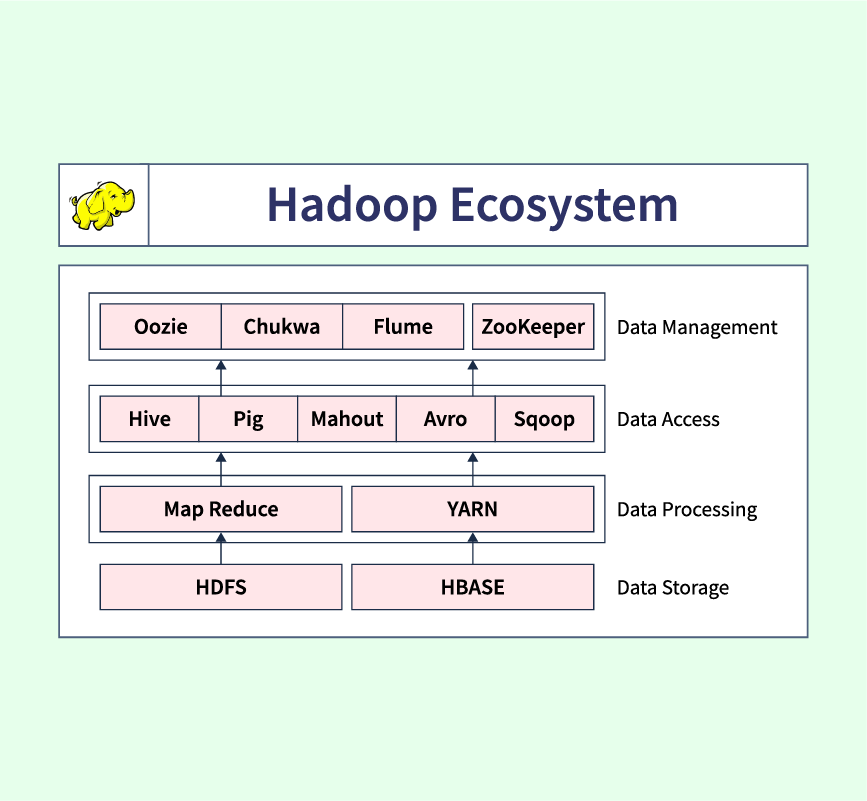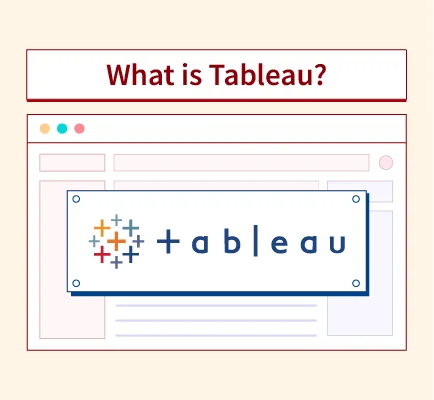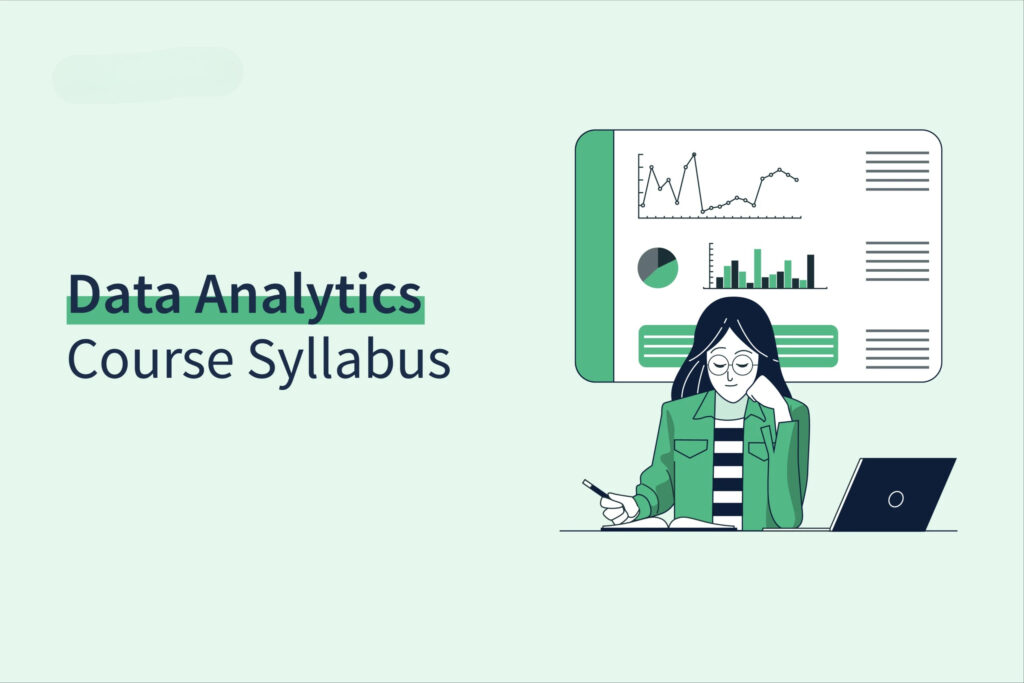In today’s data-driven world, information is a powerful resource that drives business decisions, innovation, and predictive modeling. For companies and researchers in fields like machine learning and data analysis, accessing vast amounts of data is essential for training algorithms, understanding patterns, and generating insights. However, collecting large amounts of information manually from websites can be both time-consuming and challenging.
This is where web scraping proves invaluable. Web scraping automates the process of gathering data from websites, enabling the rapid collection of large datasets. These datasets serve as the backbone for machine learning models, where they’re used to train algorithms that recognize trends, make predictions, and solve complex problems. Additionally, data analysts rely on web scraping to gather real-time information for market research, pricing analysis, customer sentiment, and trend forecasting.
By using web scraping, data scientists, analysts, and businesses can gain access to vast amounts of structured data from the web, which can then be transformed into actionable insights and drive informed decision-making.
What is Web Scraping?
Web scraping is a process of automatically extracting data from websites. Instead of manually copying and pasting information, web scraping uses tools and code to gather data quickly and efficiently.
A web scraper typically works with two main components:
- Web Crawler – A tool that browses the internet, locating and gathering links to different pages.
- Web Scraper – A tool that retrieves and extracts specific data from these pages.
Together, these components help automate data collection, making it easier to gather useful information from the web.
Is Web Scraping Legal?
The legality of web scraping depends on the website’s rules and the purpose of scraping. Many websites have guidelines, like those in the robots.txt file, which indicate what is allowed and what is restricted for automated data collection.
It’s important to follow these guidelines and respect the terms of service of each website. Ethical scraping practices, such as avoiding overload on a website’s server and not scraping sensitive or copyrighted data, are also essential to avoid legal issues.
How Web Scrapers Work?
Web scrapers follow a simple process to extract data from websites. Here’s a breakdown of each step:
- Sending a Request – The scraper begins by sending a request to the website’s server to access a specific webpage. This request is like opening a webpage in a browser, but it’s done through code instead of a browser.
- Receiving and Parsing HTML Content – Once the server grants access, it sends back the page’s HTML content, which holds all the data and structure of the webpage. This content includes various tags and elements (like <div>, <p>, and <a>) that organize the data visually on the page.
- Identifying and Extracting the Desired Data – The scraper then searches through the HTML to find the exact data needed. It uses selectors or specific identifiers to locate certain elements, such as product names, prices, or dates, within the page’s structure.
- Saving the Data – After extracting the desired information, the scraper can save it in a structured format, like a CSV file or database, making it easy to analyze and use for future projects.
Types of Web Scrapers
There are various types of web scrapers, each suited for different needs. Here’s a quick overview:
1. Self-Built vs. Pre-Built Scrapers
- Self-Built Scrapers: These are created from scratch using programming languages like Python, allowing for full customization. However, they require coding skills and can take time to develop.
- Pre-Built Scrapers: These are ready-to-use tools or software, often requiring little or no coding knowledge. While convenient, they may offer less flexibility compared to custom-built solutions.
2. Browser Extensions vs. Software
- Browser Extensions: Simple scraping tasks can be handled using browser extensions that quickly pull data from web pages. They’re easy to use but may have limitations on handling large-scale projects.
- Dedicated Software: Advanced scraping software offers more features and can handle complex tasks, making them suitable for larger datasets and more detailed data extraction.
3. Cloud-Based vs. Local Scrapers
- Cloud-Based Scrapers: These run on remote servers, offering benefits like scalability, ease of use, and avoiding the limitations of a local system.
- Local Scrapers: Running a scraper on your own computer provides more control and security over the data but may lack the scalability of cloud-based solutions.
Why is Python a Popular Programming Language for Web Scraping?
Python is widely used for web scraping due to its simplicity and the powerful libraries it offers. Here’s why Python is a popular choice:
- Beginner-Friendly – Python’s easy-to-understand syntax makes it ideal for beginners who want to get started with web scraping without deep programming knowledge.
- Rich Libraries – Python has several libraries specifically designed for web scraping, such as Beautiful Soup (for parsing HTML), Requests (for handling web requests), and Scrapy (a complete web scraping framework). These libraries simplify the scraping process and make data extraction more efficient.
- Versatility – Python is highly flexible, allowing it to handle various scraping tasks, from simple data extraction to more complex workflows. This versatility has made it popular across industries for tasks like data mining, price monitoring, and research.
What is Web Scraping Used For?
Web scraping has a wide range of applications across various industries, enabling companies and individuals to gather valuable data. Here are some popular uses:
- Price Monitoring – E-commerce businesses use web scraping to track competitors’ prices and adjust their pricing strategies. This helps them stay competitive and react quickly to market changes.
- Market Research – Companies gather customer reviews, product details, and trends from various websites to understand customer preferences and market demand better.
- Data Analysis – Researchers and analysts use web scraping to collect large datasets from multiple sources. This data is essential for deeper analysis, like sentiment analysis on social media or tracking industry trends.
- Real Estate Listings – Real estate firms scrape property information from listing sites to study market trends, property values, and potential investment opportunities.
- Job Listings – Companies and individuals scrape job portals to analyze hiring trends, popular skills, and salary ranges across industries and locations.
- Lead Generation – Businesses often scrape public contact information or business details from directories to build targeted lead lists for sales and marketing.
- Academic Research – Web scraping can help academics and scientists gather data from online databases, social media, and publications, providing them with real-world data for their studies.
- News Monitoring – News agencies and PR firms use web scraping to monitor news sites, blogs, and forums to stay updated on trends, breaking news, or brand mentions.
- Sentiment Analysis – Companies can collect reviews or comments from social media and forums to analyze customer sentiment toward a brand, product, or service.
- Travel Fare Comparison – Travel companies and comparison websites use web scraping to track and display the latest prices for flights, hotels, and other travel services, offering customers the best deals.
- Stock Market Data – Investors and analysts scrape stock data from financial websites to track stock performance, monitor financial news, and analyze investment opportunities.
Conclusion
Web scraping is a powerful tool that enables automated data collection from websites, making it easier for data scientists, analysts, and businesses to gather, analyze, and leverage large volumes of information across various fields. In machine learning, web scraping provides the datasets needed to train models that detect patterns, make predictions, and drive automation. In data analysis, it supplies fresh, real-time data for in-depth insights into market trends, customer sentiment, pricing strategies, and more.
While web scraping offers significant advantages, ethical practices are essential. Following website rules, such as those in the robots.txt file and terms of service, helps avoid legal issues and supports responsible data usage. As web scraping tools evolve, they are likely to play an even larger role in data-driven decision-making and business intelligence, supporting advancements in machine learning and predictive analytics.
By using web scraping responsibly, individuals and organizations can unlock valuable insights, empowering them to make informed choices and stay competitive in an increasingly data-driven world.


